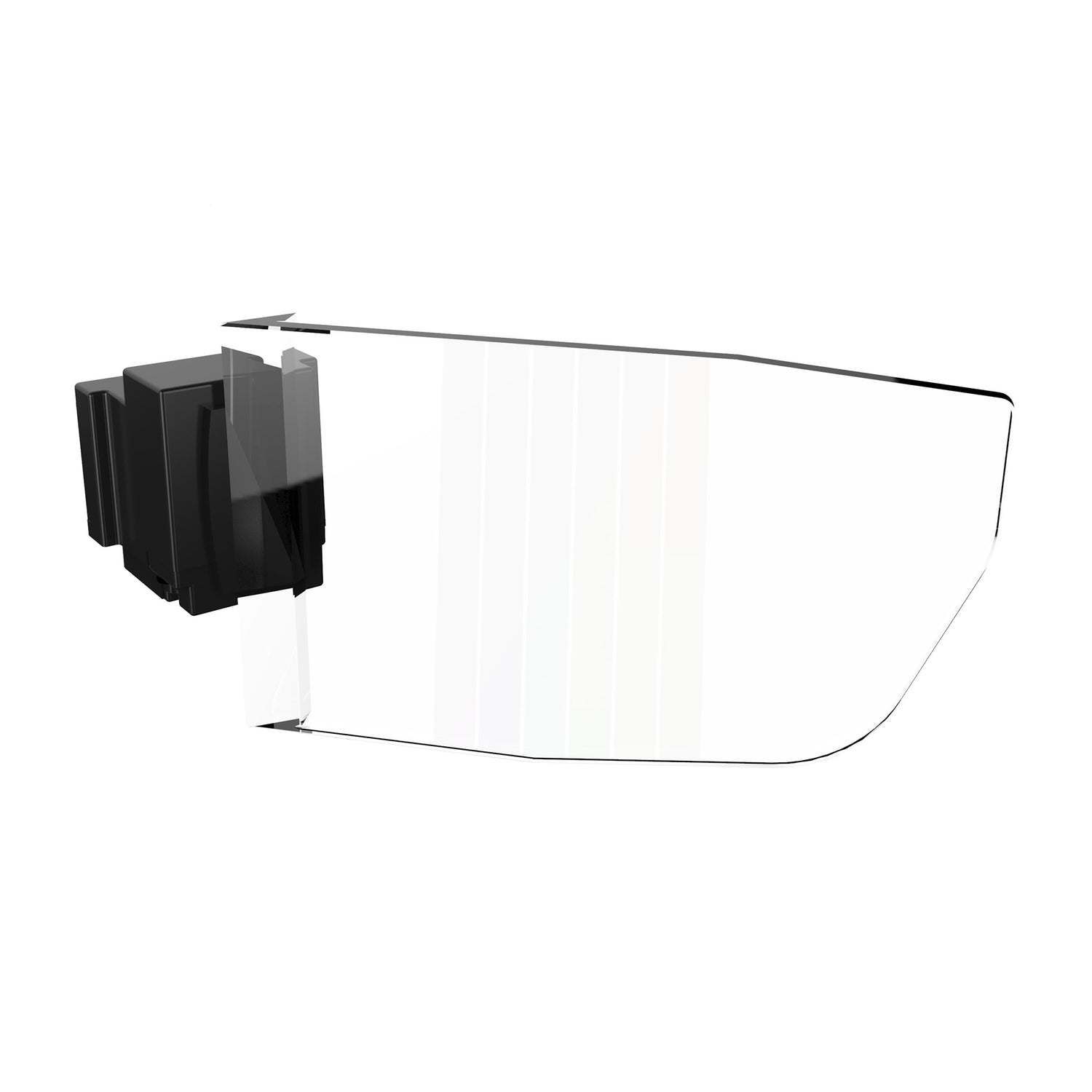The LCD screen has a pixel electrode and a thin film transistor (TFT) on the rear glass plate, and a color filter on the front glass plate. The liquid crystal layer is sandwiched between the front and back glass layers.
For TFT LCD screen, each pixel unit can be regarded as a layer of TN liquid crystal sandwiched between the pixel electrode and the common electrode. The liquid crystal layer can be equivalent to a liquid crystal capacitor (CLc), whose size is about 0.1pF. In practice, this capacitor cannot hold the voltage until the next time the picture data is updated, that is, when the TFT tube is fully charged to this capacitor, it cannot hold the voltage until the next time the TFT tube is charged to this point (at the usual 60Hz picture update frequency, it needs to hold the voltage for about 16ms). As a result, if the voltage changes, the gray scale will be incorrect. Therefore, when designing the panel, a storage capacitor Cs (usually formed by the wiring of the pixel electrode and the common electrode) will be added, with a value of about 0.5pF, so that the charged voltage can be maintained until the next image updated.
front panel module
The basic structure of color filter is composed of glass substrate, black matrix, color layer, protective layer and ITO conductive film.

In the front glass substrate, is equally divided into many small grid, each grid with glass substrate after a pixel electrode, but the difference is that it has no independent electrode, and is covered with a piece of R (red), G (blue) and B (green), three colors of transparent thin film filter, called a color filter (or RGB color film), To restore the normal color.
Red, blue, and green are the so-called three primary colors. That is to say, with these three colors, different colors can be mixed together. The three RGB colors are divided into three independent units, each of which has different gray-scale changes. Then the three adjacent RGB display units are taken as a basic display unit — pixel, and the pixel can have different color changes.
In the figure, the black part between each RGB point, called the black-matrix, is mainly used to cover the part that is not intended to transmit light, such as the pixel electrode wire, TFT tube, etc.





